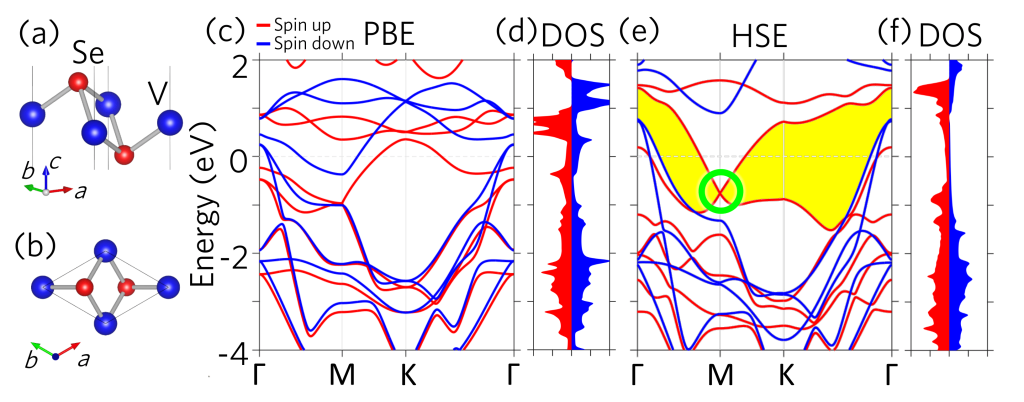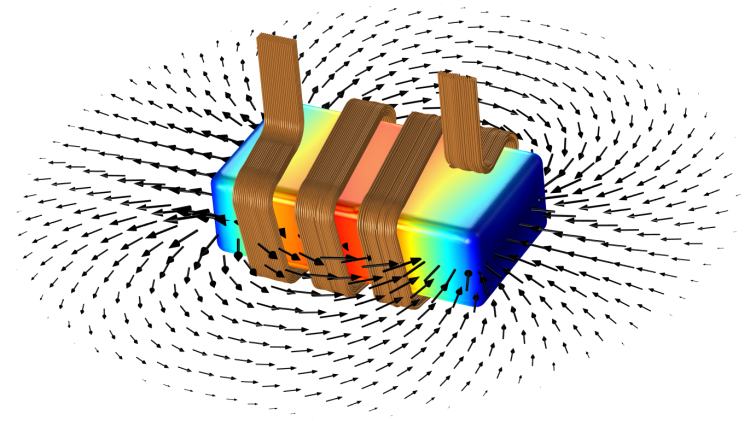The Enigma of Electromagnetism
In the annals of science, few enigmas have captivated the imagination quite like the magnetic monopole. Theoretical in essence, the discovery of this elusive entity promises to revolutionize our understanding of electromagnetism and propel foundational theories in physics and astronomy to new heights.
The Magnetic Conundrum
Magnetism and electricity are perceived as inseparable twins in the realm of physics, interwoven in an eternal dance of cosmic significance. From the electromagnetic waves that permeate the universe to the very essence of life itself, these forces are the epitome of unity. Yet, despite their apparent symmetry, a closer look reveals an asymmetry both at the macro and micro levels. Magnetically, the universe is rich with fields influencing the birth, structure, and evolution of celestial bodies, while electric fields seem to whisper silently in the cosmic expanse. On the microscopic scale, magnetism dictates the terms, able to influence electricity but not vice versa.
The Search Begins
The magnetic monopole’s theoretical prediction by the esteemed British physicist Paul Dirac in 1931 sent shockwaves through the scientific community. Dirac, whose prior prediction of the positron had been experimentally confirmed, now proposed the monopole as a fundamental magnetic charge, akin to the electron in electricity, thus completing the symmetry of electromagnetic phenomena.
Traces in the Cosmos
The hunt for monopoles has been fervent and wide-ranging, from ancient terrestrial rocks to extraterrestrial iron meteorites. Yet, despite the most advanced techniques and instruments, these efforts have yielded no concrete evidence of monopoles.

The Promise of Particle Accelerators
High-energy particle accelerators have been employed in the quest, propelling protons at breakneck speeds to pry apart the hypothesized tightly bound monopole pairs. However, even the mightiest of accelerators, like the synchrotron, has failed to produce any sign of monopoles.
The Lunar Disappointment
The moon, with its lack of atmosphere and weak magnetic field, seemed a promising site for monopoles. Alas, the Apollo missions’ lunar rock samples, scrutinized with the most sensitive detectors, bore no monopole fruit.
Fleeting Glimpses of Hope
Amidst the disappointments, there have been tantalizing hints of monopoles. In 1975, a research team claimed to have captured their traces on photographic plates exposed to cosmic rays. In 1982, physicist Blas Cabrera announced a potential monopole sighting with a superconducting quantum interference device (SQUID). And more recently, a multinational research team suggested indirect evidence of monopoles in the anomalous Hall effect observed in ferromagnetic crystals. Yet, none of these findings have been conclusively verified.
The Debate Rages On
The absence of empirical evidence has led some to question the monopole’s existence, while others maintain that their scarcity and the immense energy required for their creation make detection improbable with current technology.
Undeterred by Uncertainty
The monopole remains a tantalizing mystery, one that challenges the philosophical notion of inseparable poles and invigorates physics with the prospect of a breakthrough. The quest for monopoles has not been in vain; it has spurred advancements in particle physics research techniques and accelerator development.
The Magnetic Monopole: A Pillar of Modern Physics
Despite the lack of experimental corroboration, the magnetic monopole hypothesis remains a beacon in contemporary physics, a key to unlocking profound questions about the micro and macro universe. Should monopoles exist, they would necessitate a profound revision of electromagnetic theory and herald a significant evolution in our foundational understanding of physics and astronomy.
Conclusion: The Enduring Quest
The search for the magnetic monopole, spanning over half a century, continues unabated. Far from being a quixotic endeavor, it is a testament to the relentless pursuit of knowledge that defines scientific inquiry. The journey toward uncovering the secrets of magnetism’s holy grail is long and arduous, but it is a path that scientists are determined to tread, for the potential rewards promise to illuminate the very fabric of our universe.


















































Discussion about this post